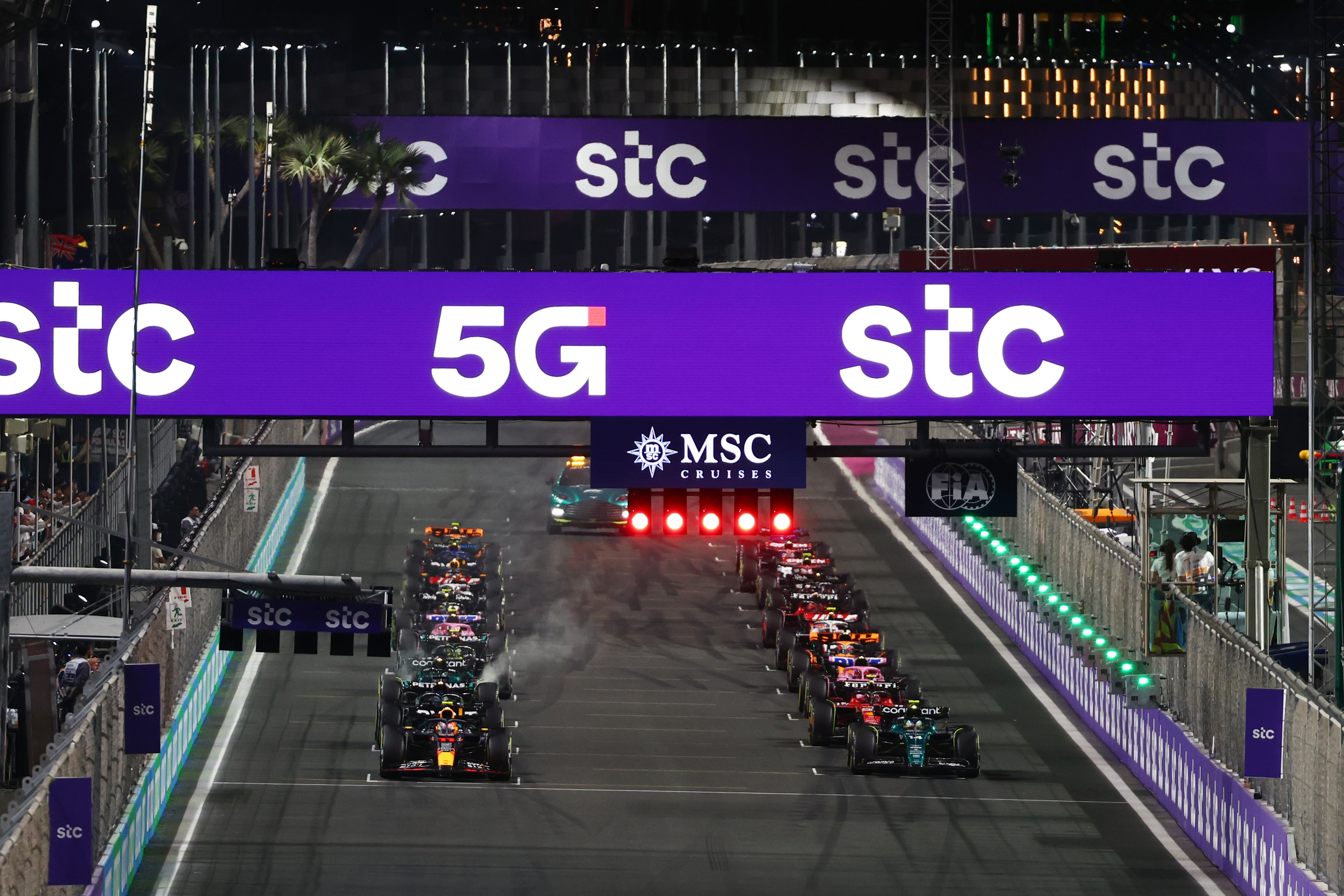Up Next

Some aspects of Formula 1 have an incongruous reliance on the rudimentary. Take the recent controversy over grid boxes, something reliant on a technology that is positively prehistoric in concept.
While the systems used to measure car positioning and movement to police incorrect positioning and jump-starts are very 21st century, less so is what is used to mark out the starting positions. When it became clear that Esteban Ocon and Fernando Alonso’s penalties for being misaligned in their grid boxes were caused by the lack of visibility, the answer for the Australian Grand Prix was to add more paint in the form of a new line. It helped but didn’t solve the problem.
There’s nothing wrong fundamentally with old technology. If it works, it works, and the only argument for changing that is if you have a replacement that’s superior in one or more ways. But given the visibility problems, there’s surely some way to make life easier for drivers.
That’s not to say nothing has changed over the years, with simple lines becoming grid boxes and regulations dictating the gaps between them (eight metres today). The yellow line that protrudes from the side of the pitbox is well-established, while the addition of a central white line trialled in Australia last weekend helped. But it’s still paint on a track meaning, effectively, it’s two-dimensional guidance (in terms of what the driver sees, even if not literally) for a three-dimensional issue.

This has helped a little, but it’s far from solved the problem. There must be a more effective way to do this, perhaps in the process eliminating the variability in terms of how far forward drivers park up too.
As was noted at the Australian Grand Prix, at the final restart Max Verstappen was lined up far forward – and completely legally. He seemed to know exactly where he was and understand he was still OK when the car nudged forward on engaging gear and effectively put himself in the perfect position. After all, as long as you aren’t over the line it’s completely legal and he was in the best possible place. But it seems odd for there to be so much variability and uncertainty.
So what’s the solution? One old-technology option would be some kind of marker that gives greater height. That’s a simple solution and one that creates other problems in terms of how you remove the markers quickly. Likewise, verbal instructions are crude and also currently against the regulations for the driver to drive the car alone and unaided.
Realistically, the answer will be electronic. I can’t claim to be especially knowledgeable in this field, but surely there is scope for some kind of system that can measure position and inform the drivers in real-time how far they are back from the line marking the front of the grid box, and do the same with its lateral position?

You could argue this is overkill, but if the FIA is going to object to the positioning of Ocon’s and Alonso’s cars in Bahrain and Saudi Arabia respectively, then it’s only fair to ensure the tools exist for drivers to be perfectly placed. The alternative is just to ease up on penalties when lateral positioning is a concern, except in more extreme cases.
This is far from the most pressing problem for F1, so isn’t at the top of the list of areas to improve. But it represents another curious incongruity that exists in the esoteric world of grand prix racing.





